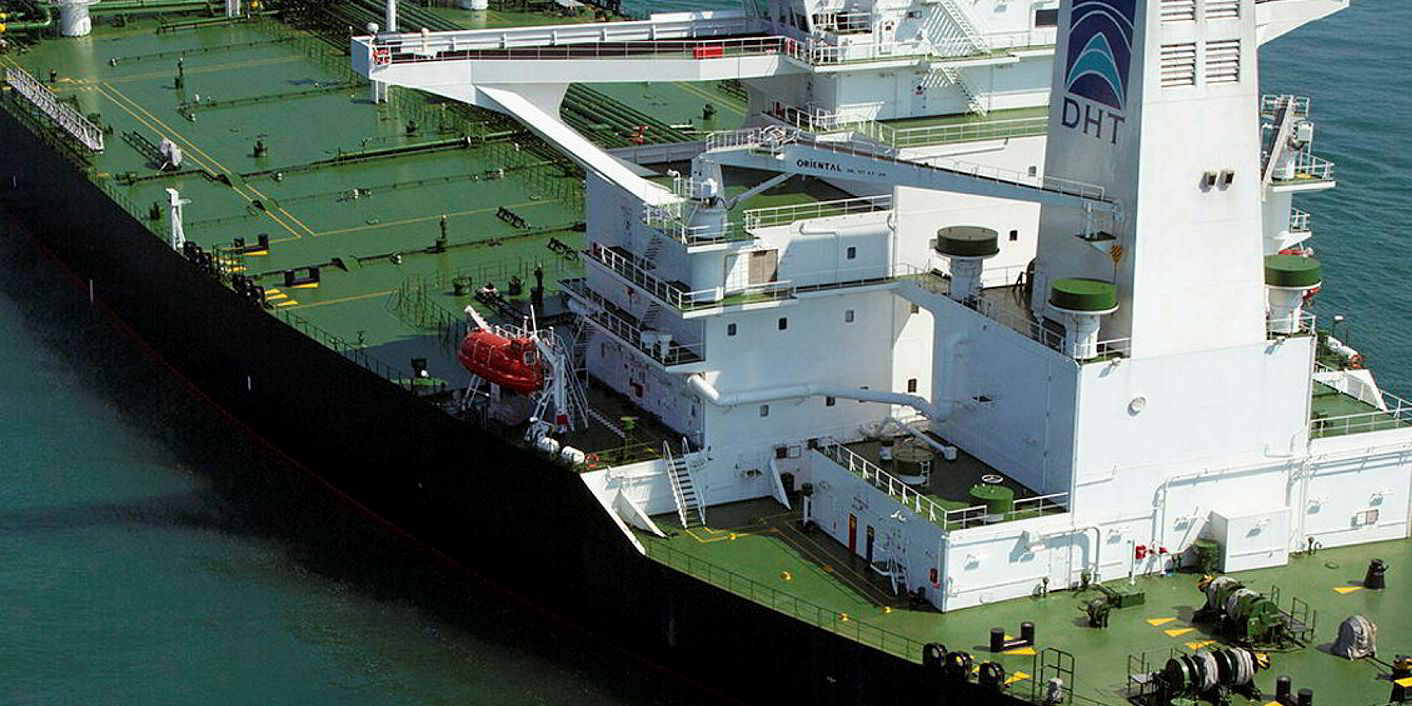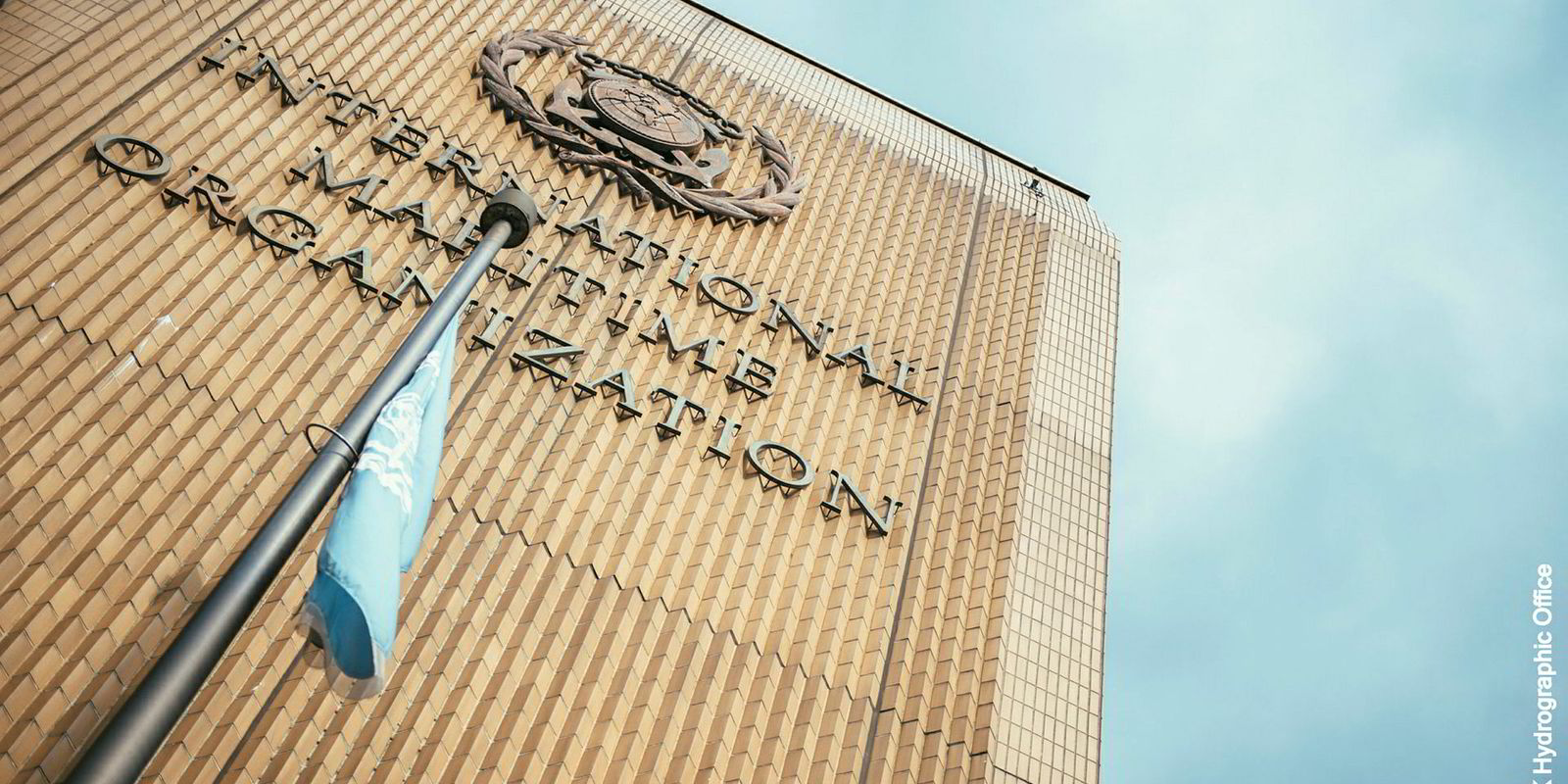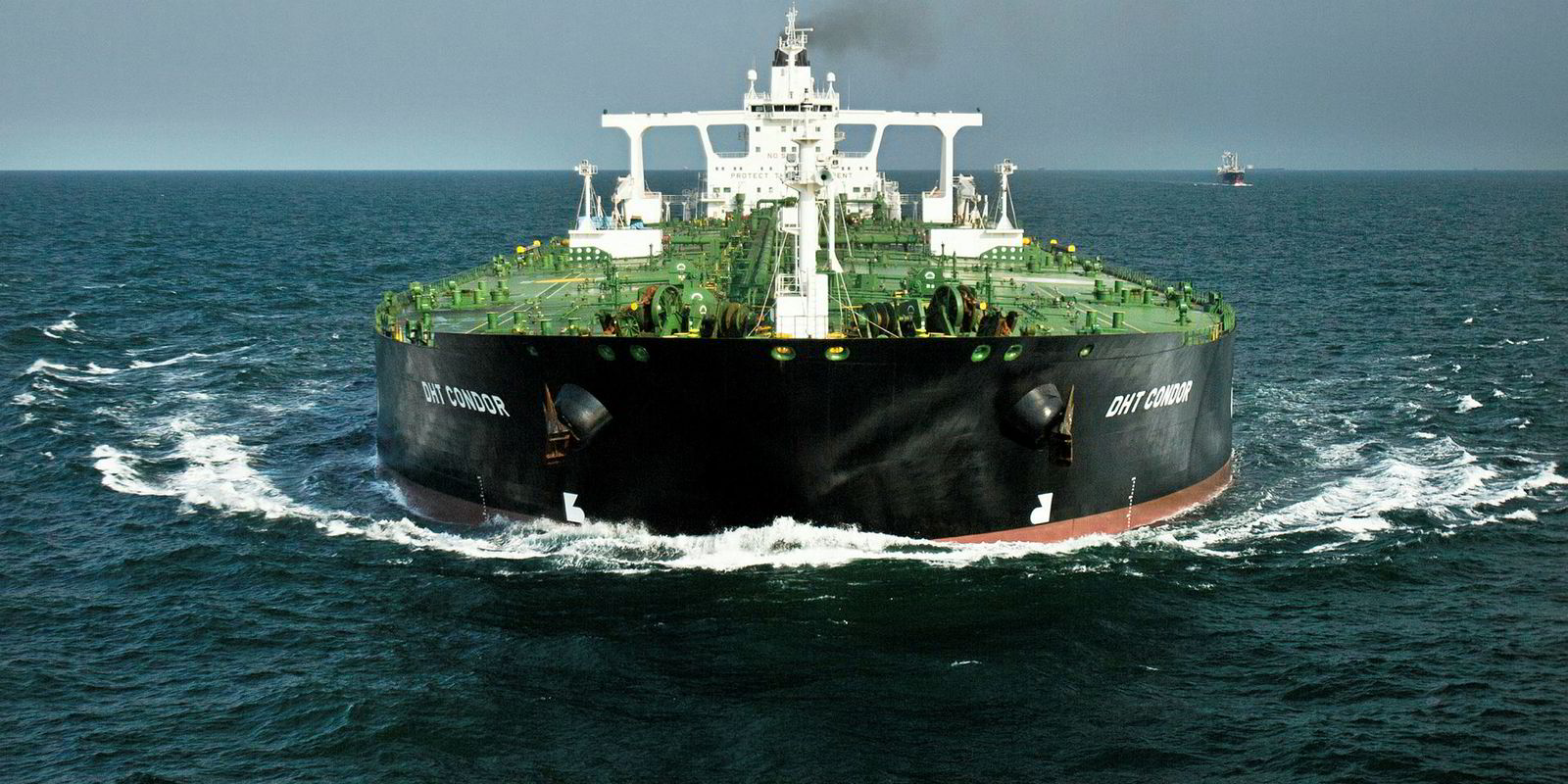Oil traders are increasingly using the paper market to hedge their exposure to tanker markets as concerns mount over how low-sulphur fuel will affect shipping rates.
With just under 18 months to go until the 1 January 2020 deadline, forward freight agreements (FFAs), which are essentially bets on where freight rates will be in the future, have seen increasing demand, according to brokers and market participants.
An FFA broker based in Europe says major trading firms are trying to lock in their freight costs ahead of the incoming regulation.
As previously reported in TradeWinds, there are multiple concerns about the availability and cost of low-sulphur bunker fuel after 2020. Higher fuel costs will be passed on to charterers through higher spot rates.
"A lot more people are hedging their freight exposure," the broker said. "They could really be held to ransom."
He added that most of the major trading firms — Trafigura, Vitol, Gunvor and Koch — have been showing more interest in trading tanker FFAs, along with oil majors that have trading operations, such as Shell and BP.
US-based futures exchange CME, which clears the trading in wet and dry freight futures, said the number of open FFA contracts linked to the benchmark TD3 route between the Middle East and Japan for VLCCs reached 2,849. This was up from 390 at the beginning of June.
Peer Intercontinental Exchange showed 21,748 open contracts for its TD3 route, which was up from 18,251 in February.
Along with higher overall volume, brokers note that many of the open FFA contracts expire in the fourth quarter of 2019 and throughout 2020, when most of the volatility surrounding the switch to low-sulphur fuel will occur.
Most futures activity typically takes place in near-term periods, when traders have the most visibility on price forecasts. But FFA brokers are seeing more interest to hedge in later periods, where there is greater uncertainty on freight rates.
More than two-thirds of CME's open contracts are due to be settledin 2019, while about 60% of the tanker FFA contracts on the Intercontinental Exchange are set to be resolved in 2019 and 2020.
Overall, the FFA market does point to stronger rates in the next two years. The Baltic Exchange's forward assessments peg VLCCs to earn an average of $21,000 per day on the Middle East-to-China voyage next year.
In 2020, VLCCs are expected to earn an average of just over $37,000 per day. These compare to VLCCs earning about $9,000 per day this year.
Exhaust gas scrubbers continue to be floated as one potential solution for owners to mitigate high fuel prices, with Frontline and DHT Holdings both endorsing scrubber use on some of their VLCCs.
But the 2020 deadline means only about 1,000 ships in total can be outfitted with scrubbers in the next 18 months.
The impact of 2020 not only centres on fuel prices, but also on vessel reliability and availability. There is no consistent specification for a new low-sulphur marine fuel, meaning shipowners can face different fuel blends as they move from port to port.
Those different blends can cause major problems, the FFA broker said.
The broker added that one worry is low-sulphur fuel, which is less viscous than high sulphur, could result in a marine engine "rattling itself to death".
"There could be contamination moving from a high-sulphur to low-sulphur fuel," he said.






